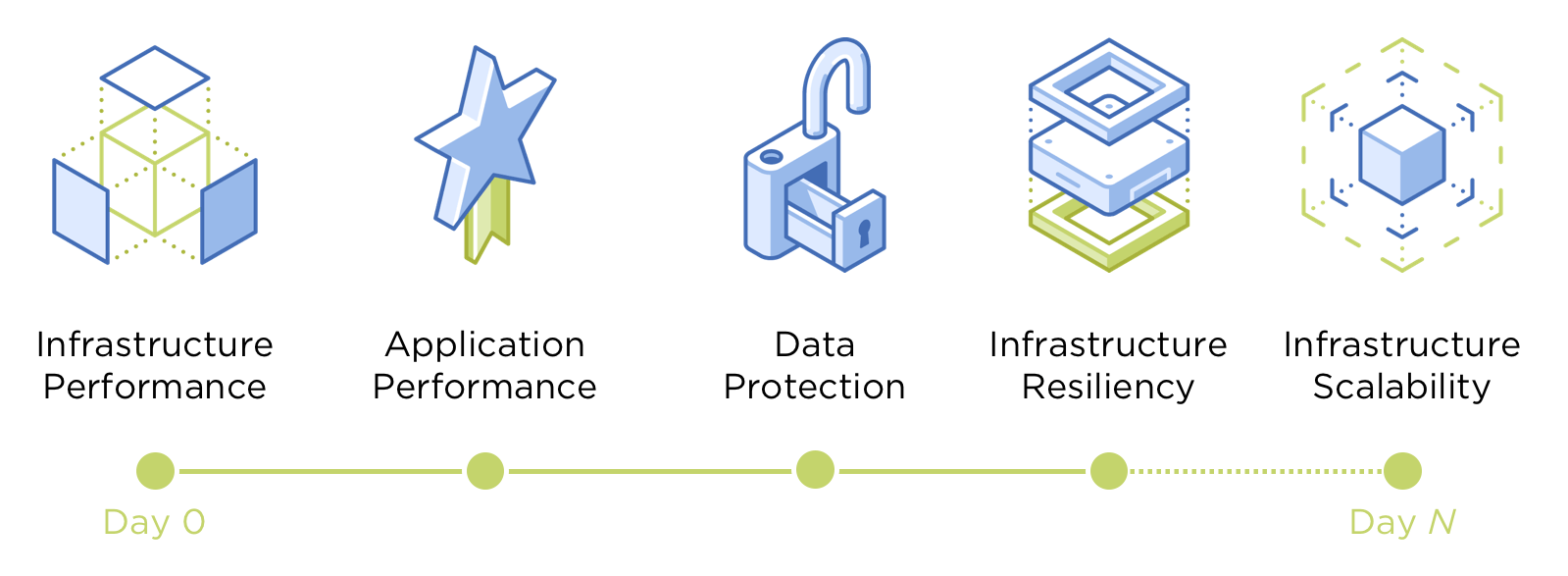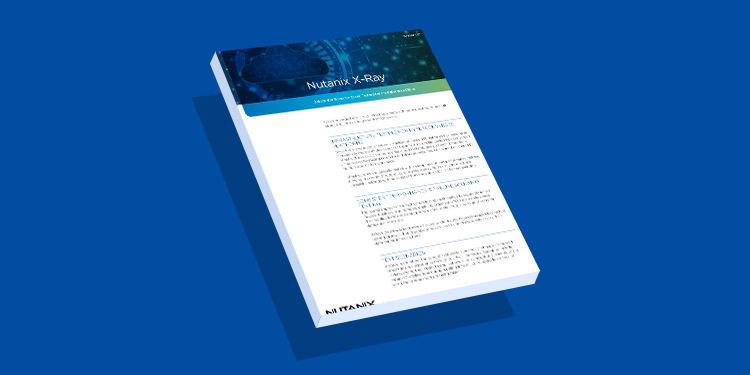Performance and Resilience HCI Benchmarking and Assessments
Move beyond peak-performance benchmarking to make informed decisions on hyperconverged infrastructure (HCI) evaluations. X-Ray is an automated testing framework and benchmarking solution that offers comprehensive 360° assessments of major hyperconverged infrastructure solutions.
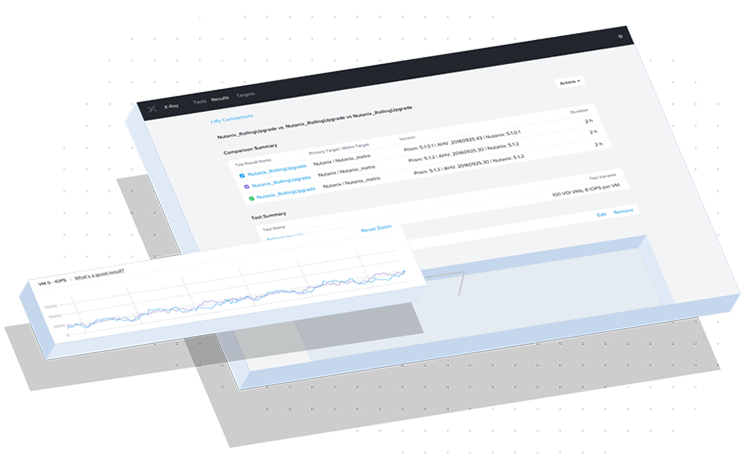
Why IT Testers Love X-Ray

Real-world Scenarios
Assess HCI configurations against all the common infrastructure scenarios and use cases such as private cloud, databases and end-user-computing.

Detailed Reporting
View, analyze and compare the results from real-world HCI scenario tests to establish the best solution fit for your organization.

Broad HCI Support
Establish infrastructure suitability with the assessment of a complete range of current HCI vendors, hypervisors and hardware platforms.
Capabilities & Benefits
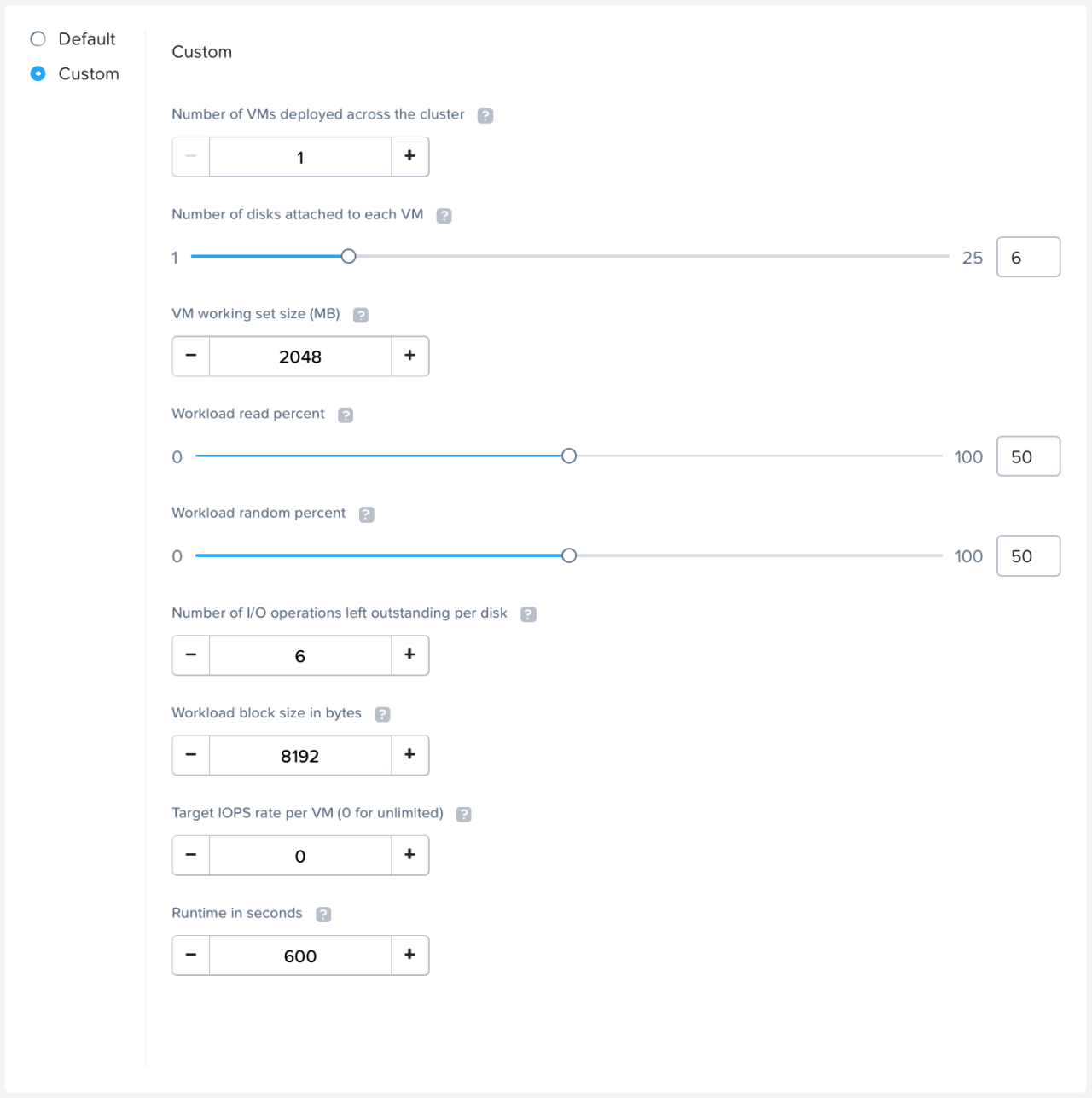
Fully Customizable Test Scenarios
With a suite of fully customizable test scenarios, organizations can evaluate HCI performance and resilience when placed under real-world stress and failure scenarios.
Extensive customization via X-Ray’s user-interface allows for easy test adaptation to meet the specific needs of your test scenarios.
Extensive Reporting and Analysis
Comprehensive reporting includes test descriptions, summary of test results, and information about each target in the test.
Multiple test results can be compared to help draw conclusions on the best platform to meet IT and raw results exported for external analysis.
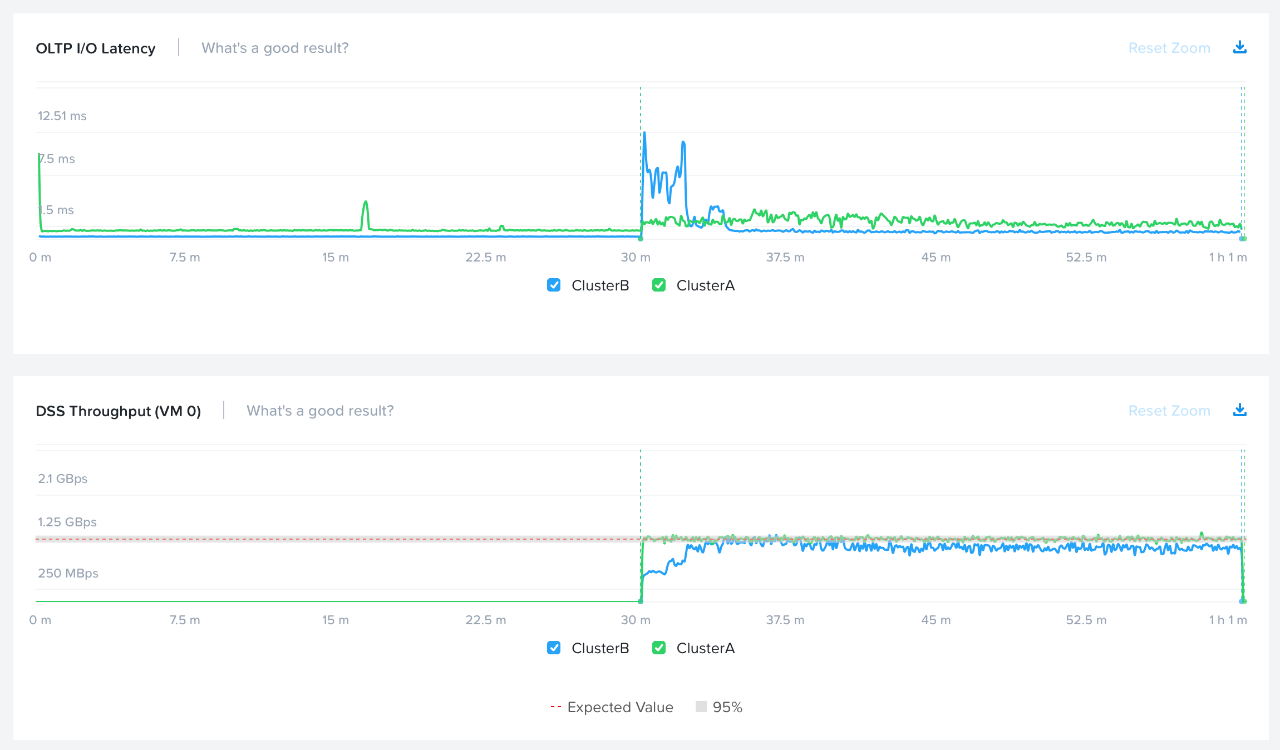
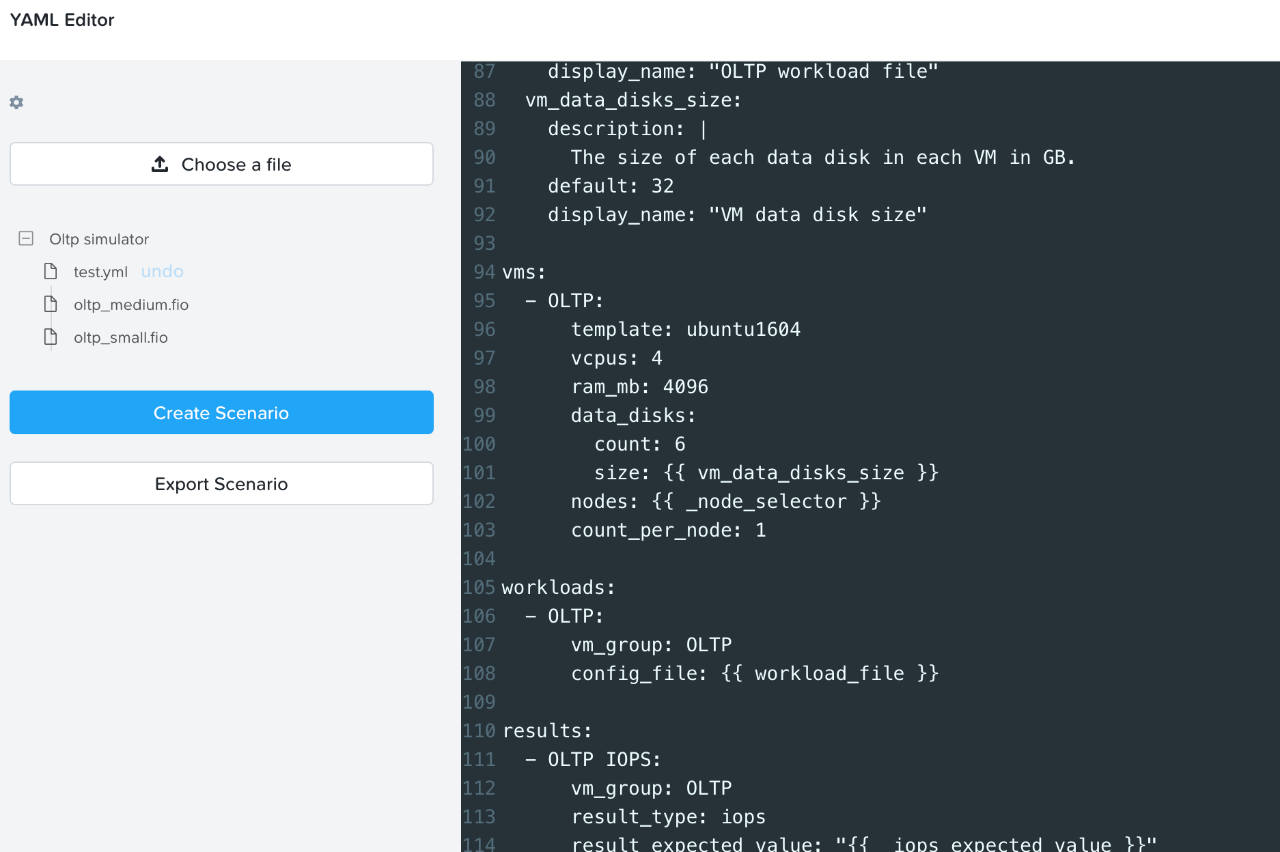
Benchmarking As Code
X-Ray’s framework was architected to provide consistent and repeatable testing of different HCI platforms. Test scenarios are published as .yaml files which describe the test process and workload parameters, rather than detail the specific low-level actions required to perform them.
All built-in test scenario .yaml files are published on a GitLab code repository here, enabling IT administrators to easily view and modify them. It is also possible to create and share your own test scenarios particular to specific infrastructure needs.
Test Scenario Capabilities
The built-in test scenarios enable HCI platform lifecycle assessments to be made from day-0 though day-N.
Infrastructure Performance Testing
Understanding the baseline performance of an infrastructure is the first step to understanding capabilities of the HCI platform, and whether the infrastructure can deliver the desired level of application performance to meet your IT organization’s service level agreements (SLAs).
The most commonly run ‘four-corners benchmark’ scenario tests for peak platform performance by using random reads, sequential reads, random writes, and sequential writes to show how the infrastructure reacts in burst load situations.
Default test scenario include:
- Big Data
- Four-corners
- Benchmark
- HCI Benchmark
- NFS Four Corners Benchmark
- S3 Object Storage Microbenchmark
- Throughput Scalability
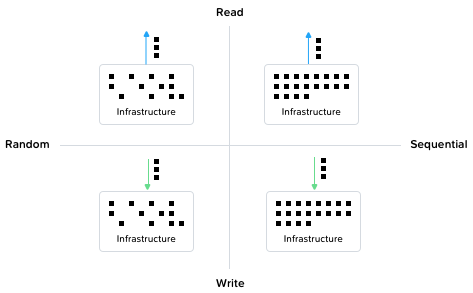
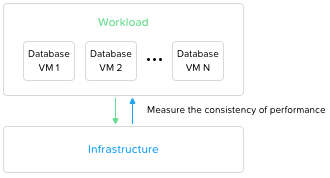
Application Performance Testing
Simulate a hyperconverged infrastructure’s effectiveness in managing multiple VDI VMs or OLTP database VMs generating load at a fixed intensity.
The expectation is that IOPS should reach and maintain a steady-state, with I/O latency remaining consistently low. More performance consistency indicates better VDI user or OLTP database experience.
Default test scenarios include:
- OLTP Simulator
- VDI Simulator
Data Protection
Data protection scenarios leverage snapshots to create point-in-time copies of application data, a process which should have minimal impact on the underlying storage subsystem and subsequently running applications.
These scenario tests measure the impact to latency, IOPS and performance stability of OLTP database VMs during snapshot and cloning operations.
Default test scenarios include:
- Snapshot Impact
- VM Clone Impact
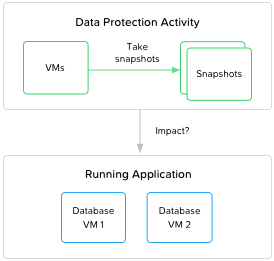
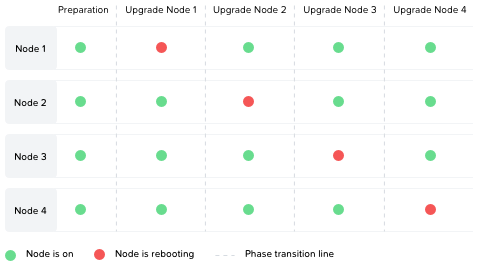
Infrastructure Resiliency
Application downtime and data loss can have a costly impact on organizations. These scenario tests measure VM IOPS and latency to determine the impact of a variety of infrastructure situations, including node failures and intentional node reboots during upgrades.
If nodes fail, the applications are restarted on other hosts and should continue with the same performance they achieved prior to the failure. Similarly, this also applies to applications moved to other nodes during upgrade scenarios.
Consistently high IOPS and low latency indicates better application performance.
Default test scenarios include:
- Extended Node Failure
- Rolling Upgrade
- Sequential Node Failure
- Total Power Loss
- Unplanned Site Failover
- VM High Availability
Infrastructure Scalability
A key benefit to HCI infrastructures is the ability to simultaneously run heterogeneous workloads on common infrastructure nodes.
These scenario tests simulate OLTP and VDI workloads measuring IOPS and latency while additional workloads including decision support system (DSS) are started across other nodes in the cluster.
Consistently high IOPS and consistently low latency after the other workloads are introduced indicate better performance.
Default test scenarios include:
- Cross-site Live Migration
- Database Colocation
- HCI Workflow
- VM Live Migration
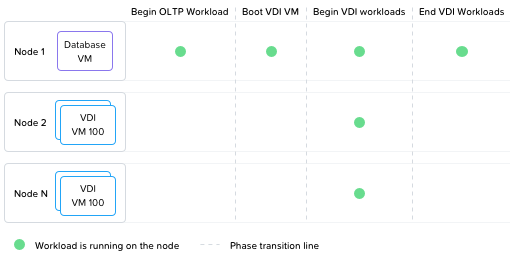
How It Works
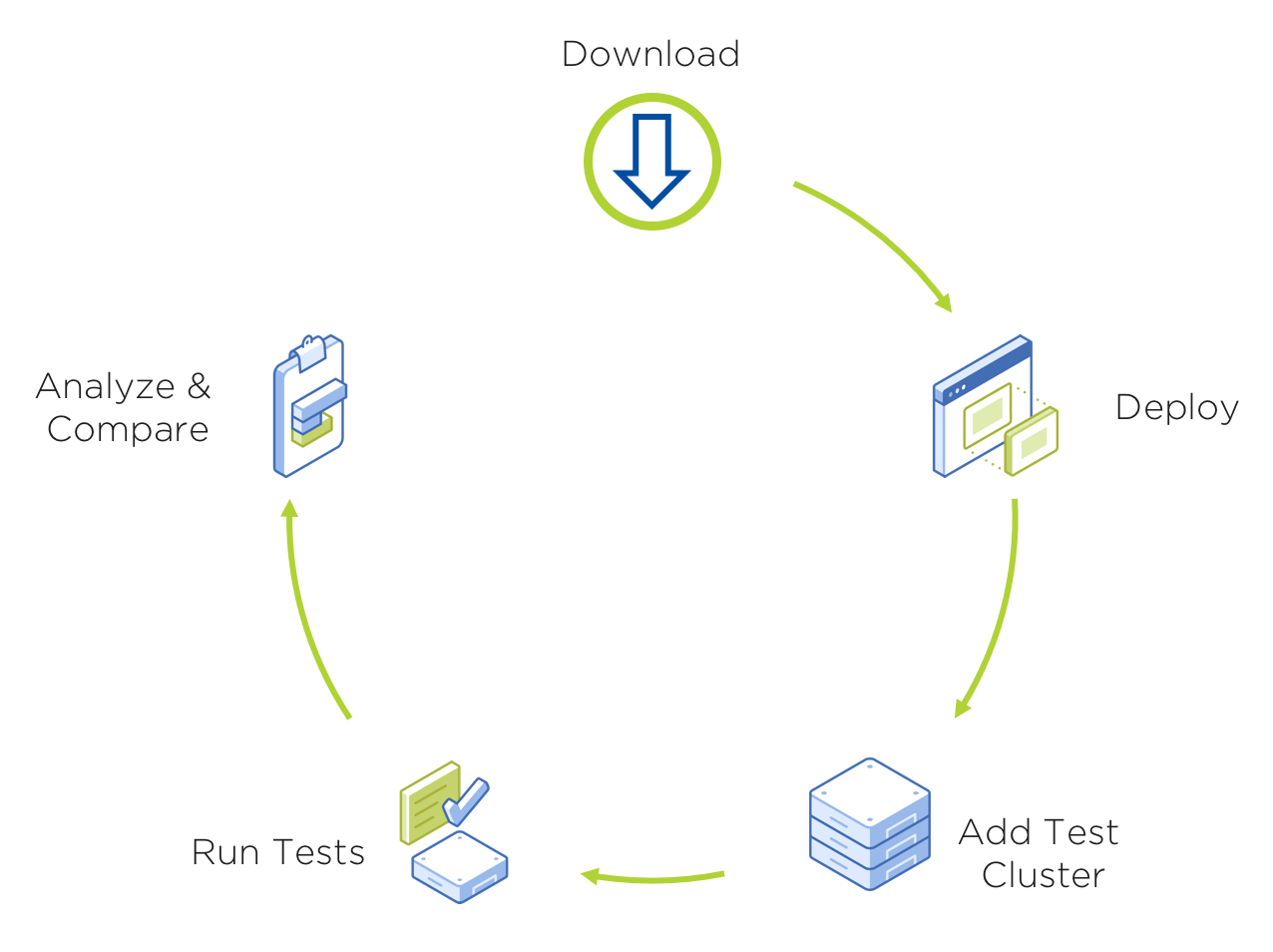
Nutanix X-Ray performs tests that intentionally create infrastructure load or node-failure situations to replicate real-world activity within the datacenter. This includes loading cluster nodes with many VMs, shutting down nodes to simulate failures and creating high levels of storage utilization to simulate high workload utilization scenarios. As a result, X-Ray requires a dedicated test cluster.
It is recommended to deploy the X-Ray VM to independent hardware from the test cluster, enabling the full range of tests, such as cluster node failure and upgrade scenarios.
To get started:
Test Transparency
X-Ray includes a wide array of test scenarios by default and new ones can be created and modified enabling a solution test that most accurately reflects your IT objectives.
Curie is a code component of X-Ray used to interpret and execute all test scenarios. This has been made open source GitHub under the MIT license, and allows everyone to see exactly how X-Ray test scenarios are executed for authenticity.
See more about how each scenario functions by visiting the scenario code repository here.
Resources

Hyperconverged Test Drive
Try the Industry-Leading Hyperconverged Infrastructure Today!
